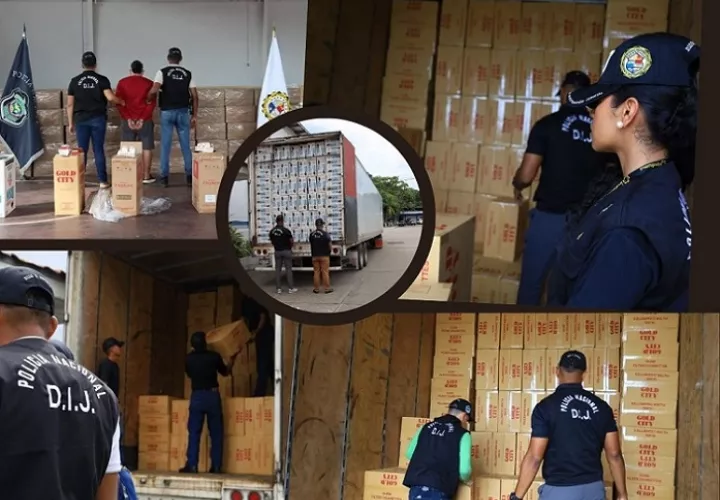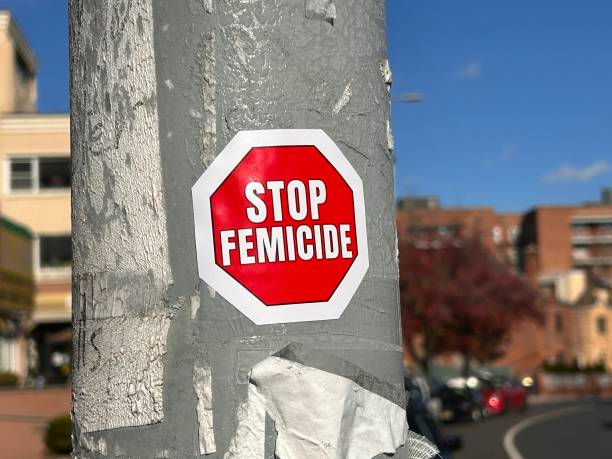Rising food prices threaten health of Panamas poor

The rising cost of Panama’s basic food basket, up $9.16 in a year, reflects the startling rise of food prices in Latin America now 40% higher than four years ago.

The price levels are threatening the eradication of hunger in the region says the United FAO (Food and Agriculture organization) and ironically, leading to a dramatic increase in obesity in the young as children’s eating habits are forced to change.
The situation risks all the progress made in combating child malnutrition, says the UN agency.
In Haiti, Guatemala and Guyana malnourished children form between 10% and 20% of the population.
The crisis, in a region that produces enough nutrients to meet its population, is crossed by a growing process of malnutrition that leads to overweight.
The increase in the cost ofPanama’s basic food basket in the last year, has resulted in low-income Panamanians Changing food consumption habits to adapt to a shrinking financial budget.
The disturbing news remains hidden in the face of constant reports of the booming economy.
Elsewhere, across the world, hundreds of thousand are marching and protesting against financial institutions whose managers do not share the problems of the remaining 99% of the population.
According to reports from the Ministry of Economy and Finance (MEF), the cost of basic goods for the districts of Panama and San Miguelito in the month of July was $286.45 a $9.16 dollar increase over 12 months ago (August 2010), when it reached $277.29 dollars.
Meanwhile, a report of the second week of October Authority for Consumer Protection and Competition (acodec) indicates that the basic basket (which includes only foods considered "necessary") reached of $112.99 dollars, in the eastern sector of the province of Panama, and $164 in the metropolitan region.
This trend in prices has forced entire families to change their eating habits, excluding products from their menus like vegetables, legumes and fruits, and increasing the consumption of rice, coffee, chicken, bread and flour.
La Prensaquotes as an example the Sanchez family, living in in San Miguelito, where investing more than $ 100 in a supermarket escapes from economic reality.
There are five people in the family (three children and two adults) and only one income, that of the mother..
The purchase of Sanchez includes staples such as rice (25 pounds), beans, chicken, milk, coffee, sausage, sardines, flour, and cleaning and grooming.
These foods do not meet the daily 2,305 calorie requirements of a person..
Panama's poor consume less than half the needed calories a day.





